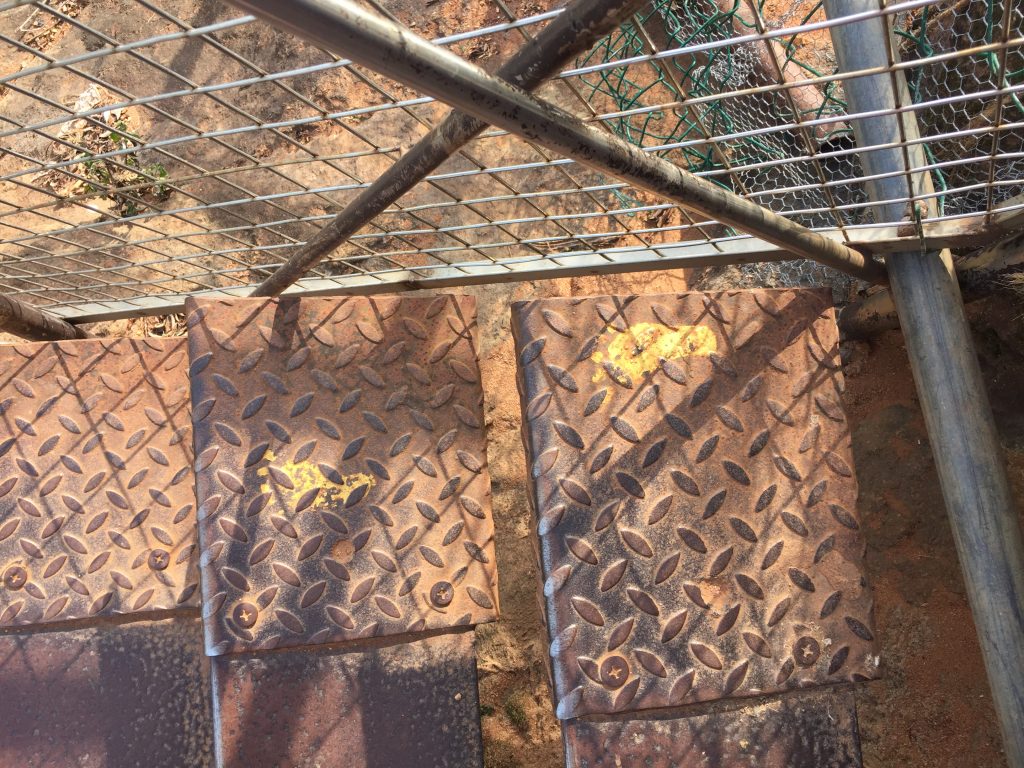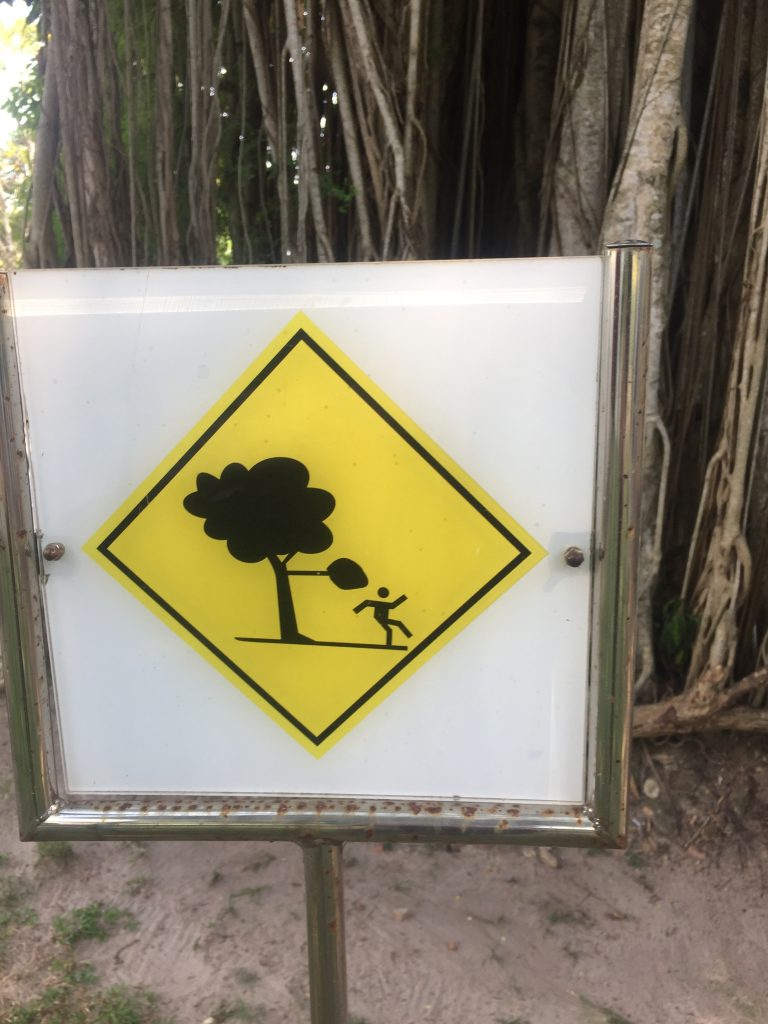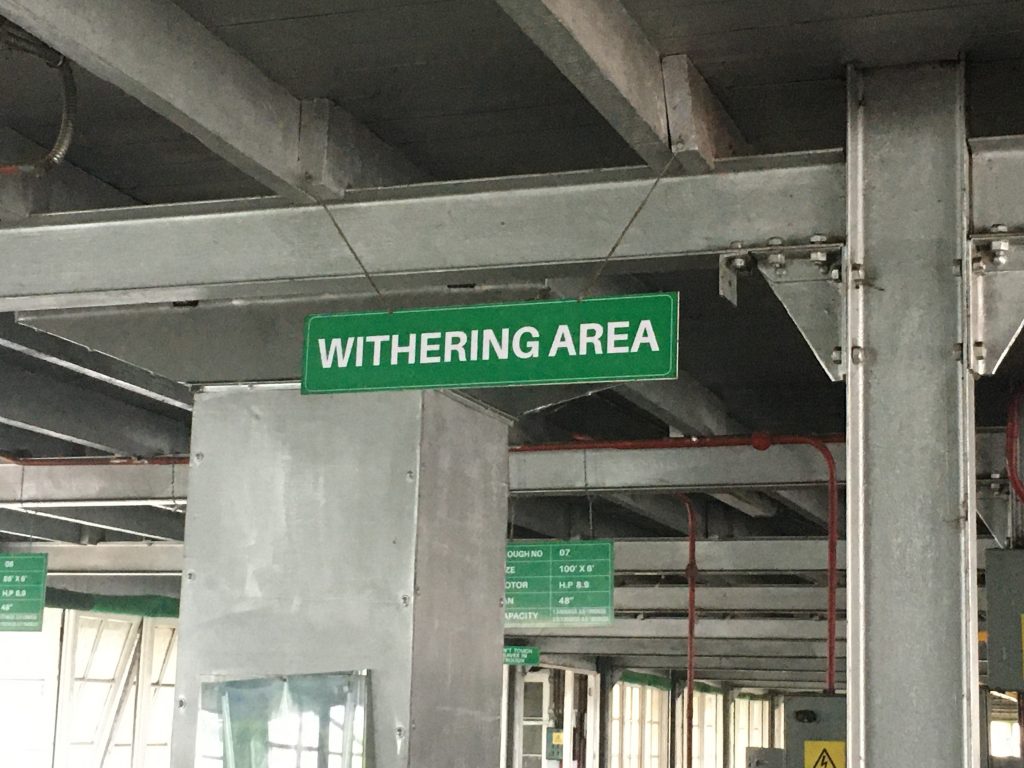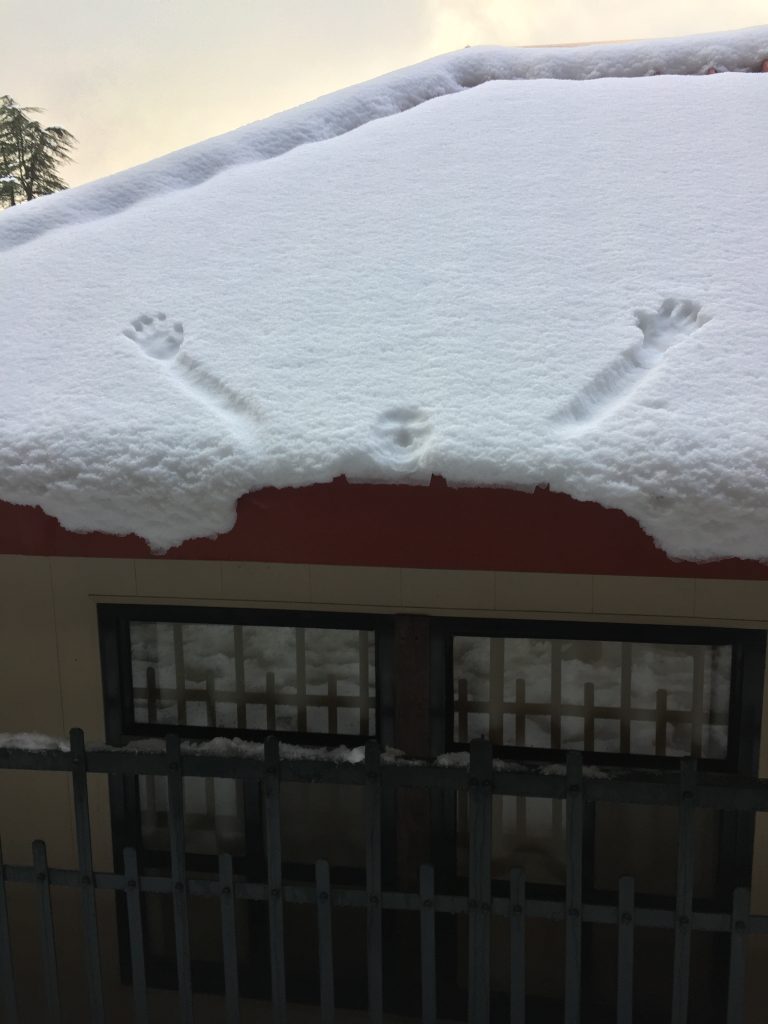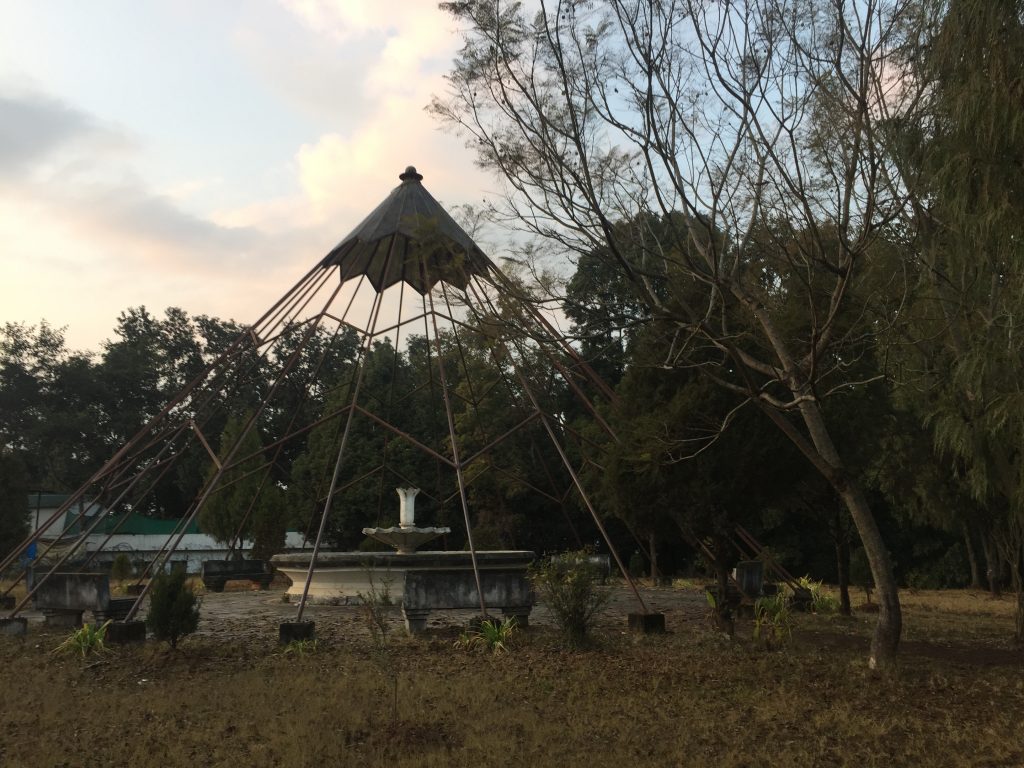‘There
is a public “discovery” of the ‘Graycard’ phenomenon every few years, they being
featured middle-way through a ‘Top 10 Games You Never Knew Existed” list or a regional
tournament being live-streamed via the hidden camera of some exhibitionist
onlooker. Despite these minor publicity spikes and despite the wide, if shallow,
public knowledge of their existence, actual acknowledgment
of ‘Graycards’ outside of the Wayside is perpetually tenuous. Most people will
have seen the booster packs in gas stations before and some of those people,
likely those who have pushed them aside for other collectible cards, will be
able to describe the game’s motif without realizing.
For
example, they will never remember ‘Graycards’ as having their own hook on a display
or box on a shelf. They will have noticed them accidentally mixed in with other
cards or, more often, in loose piles behind the cases of other games. They will
remember the packs as looking aged and crumpled, dusty and potentially stained
by whatever may have leaked in the truck that stocks the station. They may
remember the lack of art and the poor title layout, as though ‘Graycards’ only
exist as a bootleg of themselves. Most who have owned ‘Graycards’ have been gifted
them by grandparents who don’t understand the differences between games and are
happy to save a dollar. They are sometimes handed over wordlessly with a
receipt for unrelated products as part of some un-advertised special.
Inexplicably, ‘Graycards’ exist in the peripheries by design. The tarnished foil of their booster packs is printed on, as is the dust and staining. Packaging becomes duller year by year. The brand that supposedly prints the cards changes with each set and a little research reveals none of the companies have ever existed. The less-than-ideal shelf placement stems from the perpetual low stock and low turnover. The placement and the packaging feed into each other and the cycle maintains the product’s relative camouflage among items that are designed to draw attention.
The
cards themselves are well-made and rarely as damaged as they seem from the
outside. Styles vary set by set with a few clear patterns. Each set is characterized
by a single color in addition to grayscale illustrations. Each set contains
sporadic cards on which the lettering is printed in silver ink (seemingly the ‘foil’
of ‘Graycards’). Every known card has the same back- a series of nested circles
in black and white. This pattern is mirrored by a small holographic circle on
the corner of the face-side, acting as a mark of authenticity and making it difficult
to scan or even take quality pictures of the cards.
‘Graycards’
seem only to emerge in booster packs and, as such, there is no official source
for rules. Several popular variations of play exist and can be found online,
their sources inevitably the writings and experiences of those who played
before the internet allowed for such collaboration. Though the bulk of rules
are agreed upon, regional variations represent another obstacle in the
popularity of the game. A winning deck in the northwest will be entirely
incompatible with a tournament in the south.
New ‘Graycard’ set releases are sporadic and frustrating enough that most believe it is another means by which the creators of the game sow discord among the playerbase. Booster packs for historical sets (say, the Ultraviolet Crimson set, widely available in 1994) will reappear in bulk decades after their initial printing. Promotional singles have been known to fall out of chip bags, condom boxes, and cases of car oil. It’s rare that a tournament occurs without the debut of an otherwise unknown card that defuncts prize-winning decks and overturns the meta understanding of the game, usually prompting accusations of cheating and forgery. Backhandedness is encouraged by a number on each card that seems to indicate how many of its kind have been printed. The collection or destruction of specific cards in order to boost power and rarity is common. At least one card, ‘The Eavesdroplet’ from 1988’s Pale Beige set, is thought to have been made extinct by these practices.
The
inclusion of ‘Graycards’ in tournaments and conventions are relatively common,
though the events are rarely a headline attraction and are commonly relegated
to the conference rooms of nearby hotels. Perpetual travelers that add a pack
of ‘Graycards’ to their gas-station lunches now and again can easily turn a
profit at such a get-together, the serious playerbase being one that does not
get out all that much. In fact, this pseudo-pollination seems to be the only
mechanism in place to keep ‘Graycards’ afloat, it being a game that resists playing.’
You might imagine the cool stab of fear I experience upon opening the Stranger’s copy of ‘Autumn by the Wayside’ and seeing a black and white card flutter to the ground, seemingly a forgotten keepsake made bookmark. It bears an uncanny resemblance to a card I carry in my own copy- the Traitor from my days of playing with Sebastian’s group. The one is clearly inspired by the other, Sebastian himself having created the game while working at a gas-station. The phantom pains of my burn-scarred arm ease as I mark the differences and assure myself that his was a curse dispelled.
I’ve
seen the packs of ‘Graycards’ now and again. They’re difficult to miss if you
spend enough time on the road. I even followed the advice in Shitholes
once, buying them up until I had a little shoebox of boosters to sell out of
the back of the truck at a college campus. The buyers, though… The people who
showed up asked me where each pack had come from and how long I had had them. They
pulled up the flaps and inspected small markings in the creases. One woman
asked if she could weigh the packs before purchase with a little jewelers scale.
Selling the cards made me feel dirty, as though I was feeding an addiction I
didn’t totally understand. The profit was good, even accounting for the time I
sat there, but I’ve never done it again.
The
Stranger’s card is one called ‘Release of Burden’ and, if the entry is correct,
it’s one of a thousand like it. The illustration is of a haggard man’s face as
he reclines backward into a chair. It’s printed in grayscale, of course, except
for a very faint blue shading as though the scene is illuminated by an out-of-frame
television. One of several wiki-style forums suggest its from a set released in
the mid-2000’s: the Pastel Blue set. The rules on the card mean nothing to me,
but the man’s expression lingers in my mind the rest of the day. I set up camp
off an unmarked service road and slide into my sleeping bag, balancing the card
up against the tent wall. The man’s face is emotionless and, in that
neutrality, I can project both relief and disenchantment.
I
fall asleep, wondering what the Stranger may have seen in it.
-traveler

